From closed schools to lost hospitals, here’s what happens when America’s heartland keeps hollowing out.
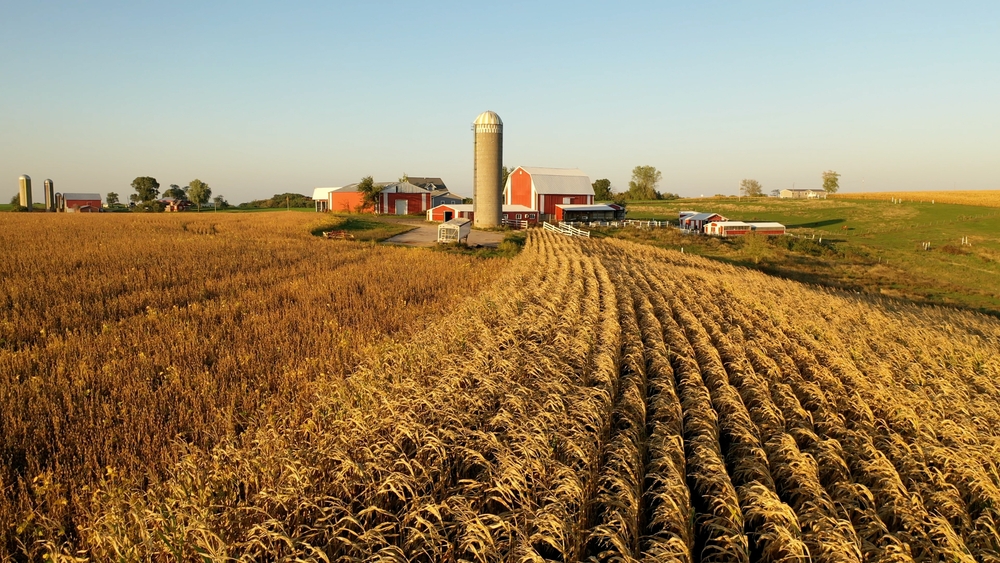
Imagine living in a town where every year another storefront closes and another family packs up for the city. Across the United States, thousands of small communities are losing population as younger generations seek education and work elsewhere. What’s left behind is an aging population, shrinking tax base, and fading infrastructure. Experts warn that this steady exodus could redefine rural America—eroding the schools, hospitals, and traditions that once anchored small-town life. For many residents, staying isn’t about prosperity anymore—it’s about holding on to identity in places slowly disappearing from the map.
1. Population Decline Is Redrawing America’s Map
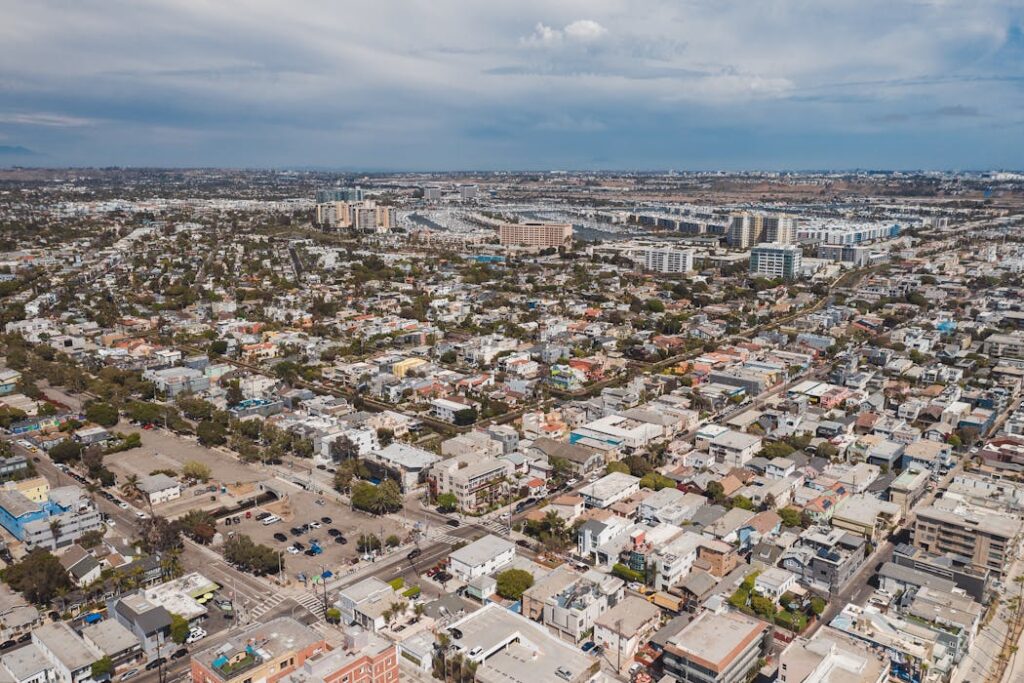
More than half of U.S. counties have lost population since 2010, especially in the Great Plains, Midwest, and rural South. Younger adults migrate to metro areas with better job prospects and social opportunities, while birth rates remain low.
This population loss reduces local tax revenue and weakens the labor force. With fewer people to support small businesses, churches, and schools, the cycle of decline accelerates, as mentioned in NPR. Empty houses and shuttered stores become visual reminders of a larger demographic shift transforming rural America’s economic and cultural identity.
2. An Aging Population Faces Growing Hardship

In shrinking towns, older adults now make up the majority. The median age in rural counties is roughly five years higher than in urban areas, and that gap is widening. As younger families leave, services that support seniors—like healthcare, home care, and grocery delivery—grow harder to sustain.
Hospitals consolidate or close, and transportation networks deteriorate. Many older residents live miles from the nearest pharmacy or doctor. For them, relocation isn’t easy, so they remain rooted in place, even as their communities lose the infrastructure that once made daily life manageable, according to Giving Compass.
3. Vanishing Jobs Drive the Next Generation Away

Manufacturing, mining, and farming once provided steady employment in small-town America. Automation, globalization, and consolidation have drastically reduced those jobs. With limited career paths, younger residents often see no choice but to leave for urban centers.
The departure of working-age adults deepens the decline, draining towns of both talent and spending power. New businesses rarely open because local demand can’t sustain them. The result is a self-reinforcing cycle: fewer jobs push people out, and fewer people make job creation nearly impossible, as reported by the American Scientist.
4. School Closures Signal the Breaking Point
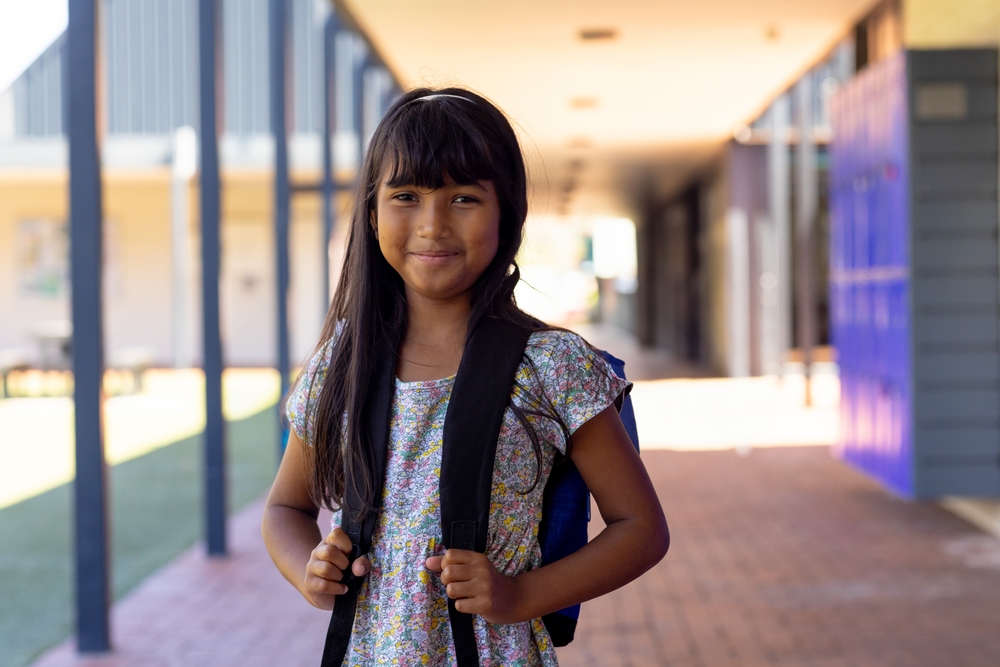
Declining enrollment is forcing many rural districts to consolidate or close schools altogether. When the local school shuts down, it often marks the emotional and practical heart of the town disappearing.
Students face long commutes, and teachers must manage combined classrooms. The loss also hurts local pride and community cohesion. Without a school, families are less likely to stay or move in, further accelerating depopulation. For many communities, a school closure isn’t just an educational setback—it’s the clearest sign that the town’s best days may be behind it.
5. Health Care Access Is Dwindling Fast

Since 2010, more than 150 rural hospitals have closed across the U.S., according to the Chartis Center for Rural Health. Those that remain often operate on thin margins, struggling to recruit doctors and nurses.
Residents may travel an hour or more for emergency care or specialized treatment. Ambulance services are stretched thin, and chronic conditions go untreated. As healthcare jobs disappear, so do younger professionals who might otherwise bring stability and new families. The erosion of local medical infrastructure compounds the challenges of aging and isolation that already define many rural areas.
6. Main Streets Are Turning Into Ghost Streets
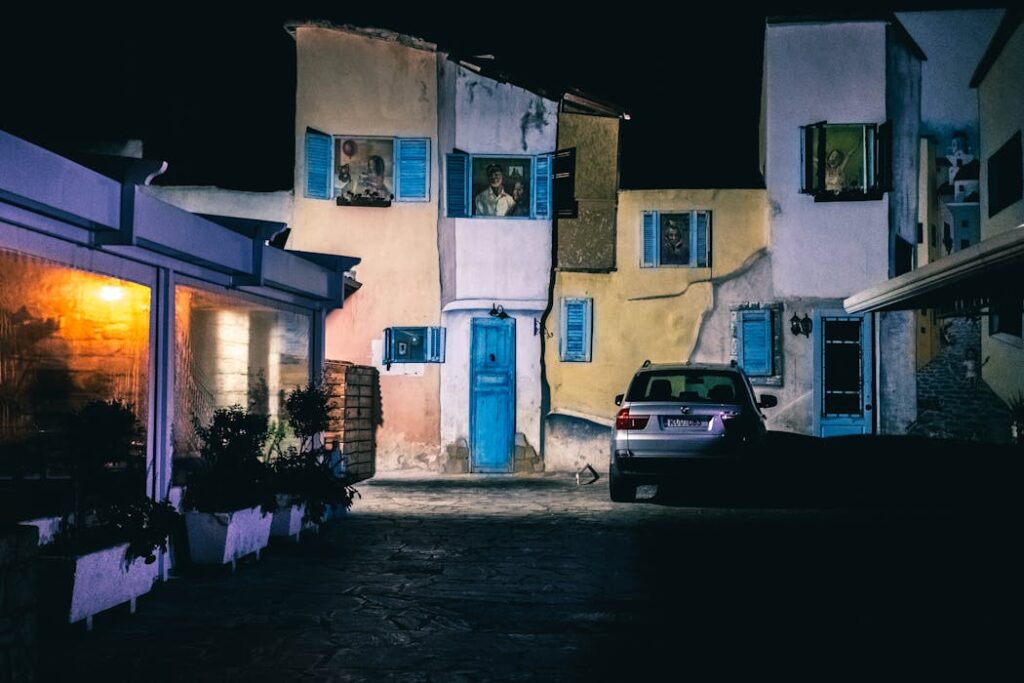
Small-town main streets once served as social and economic hubs, lined with diners, hardware stores, and family-run shops. As populations drop, these businesses can’t survive on dwindling local demand.
Chain stores bypass these towns, while online shopping redirects what little spending remains. Vacant buildings and faded signs now stand as reminders of better days. Without local commerce, residents must drive long distances for basic needs, and younger generations lose the sense of connection that once defined small-town community life.
7. Local Governments Face Shrinking Budgets

When populations decline, property and sales tax revenues fall. With less funding, towns struggle to maintain roads, utilities, and public services. Police departments downsize, libraries shorten hours, and infrastructure repairs are delayed.
In some counties, volunteer fire departments and emergency responders have replaced paid staff entirely. Federal and state grants provide temporary relief, but they rarely cover long-term needs. These budget shortfalls make it difficult to attract new businesses or residents—further accelerating the decline and leaving communities trapped in a slow financial spiral.
8. Isolation Takes a Toll on Mental Health

Social connection is a cornerstone of small-town life, but as populations thin, loneliness grows. With fewer social activities, church gatherings, and neighbors nearby, many residents—especially older ones—experience chronic isolation.
Mental health services are scarce or nonexistent in many rural areas. The stress of watching one’s hometown decline can lead to depression and anxiety. For younger people who stay, the emotional burden of economic stagnation compounds these challenges, creating an invisible crisis in towns already struggling to keep their communities alive.
9. Climate and Economics Compound the Strain

Extreme weather, crop losses, and shifting economic trends have added new pressures on rural economies. Droughts in the West, floods in the Midwest, and hurricanes in the South have devastated farms and small businesses already on the brink.
Without resources to rebuild, residents often relocate permanently, accelerating depopulation. Meanwhile, renewable energy projects and new industries rarely reach the smallest towns. Environmental and economic shocks now act together, deepening the vulnerability of places already weakened by years of outmigration and underinvestment.
10. Community Identity Is Fading With Each Generation
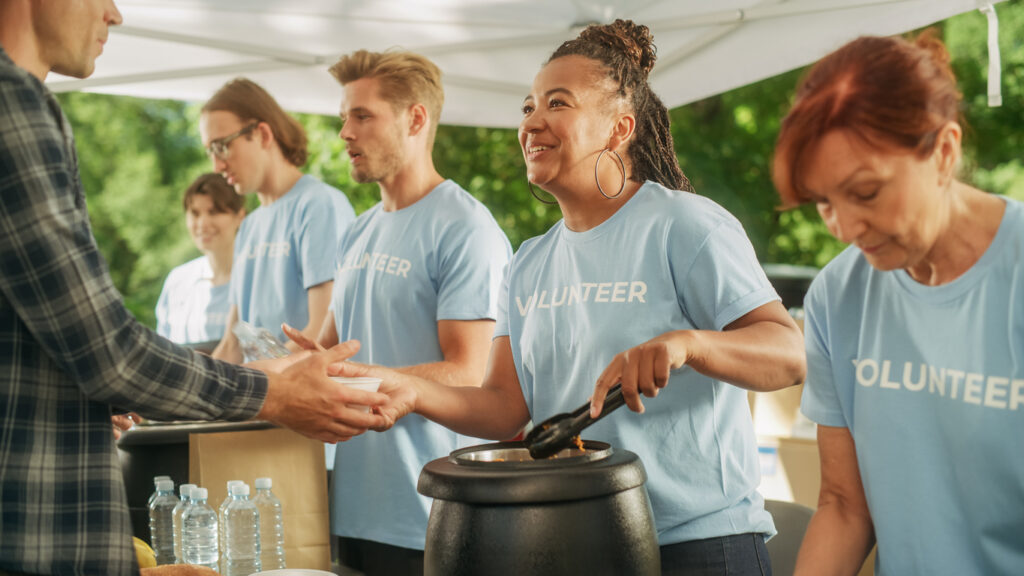
Local traditions, fairs, and civic organizations once tied communities together, but many are disappearing as populations dwindle. Churches merge or close, newspapers fold, and social clubs lose members.
These cultural losses weaken community identity. Without shared rituals or gathering places, small towns lose the glue that connects generations. Residents who remain feel increasing nostalgia but fewer opportunities to pass on their local heritage. For younger Americans, small-town culture becomes less a lived experience and more a fading memory of what used to hold America’s heartland together.
11. Reinvention Could Be the Key to Survival
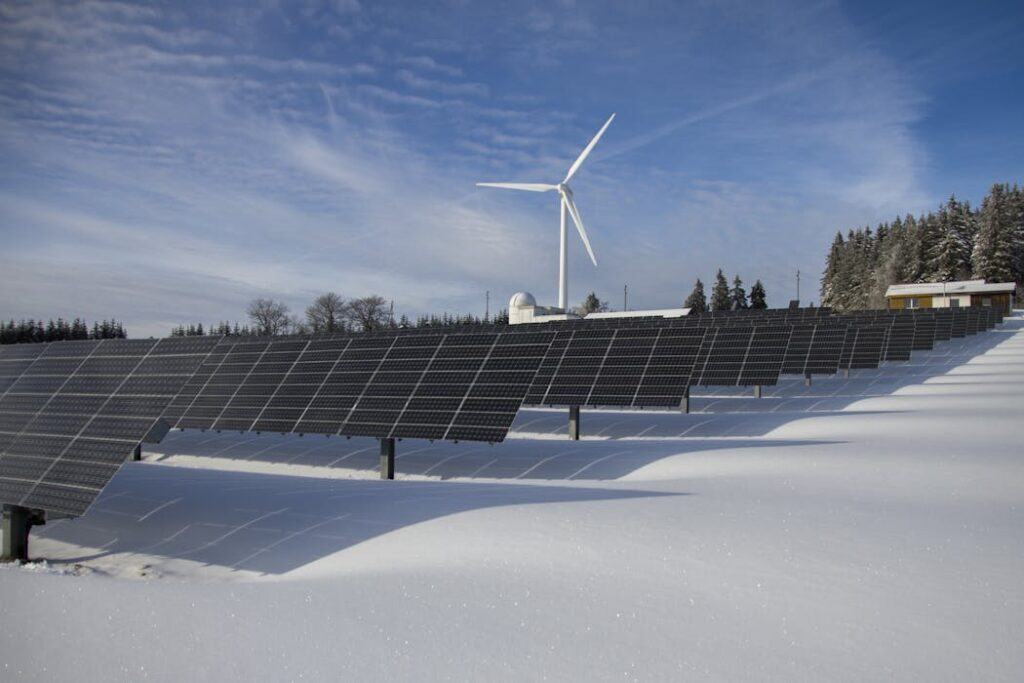
Despite the challenges, some towns are fighting back through innovation. Communities are investing in remote work hubs, tourism, and renewable energy projects. Affordable housing and local entrepreneurship programs are drawing back younger families.
Success often depends on collaboration—linking local leaders, state governments, and private investors. While not every town can reverse decades of decline, creative reinvention offers a path forward. For small-town America, survival may hinge less on restoring the past and more on reimagining what a sustainable, connected rural future can look like.
